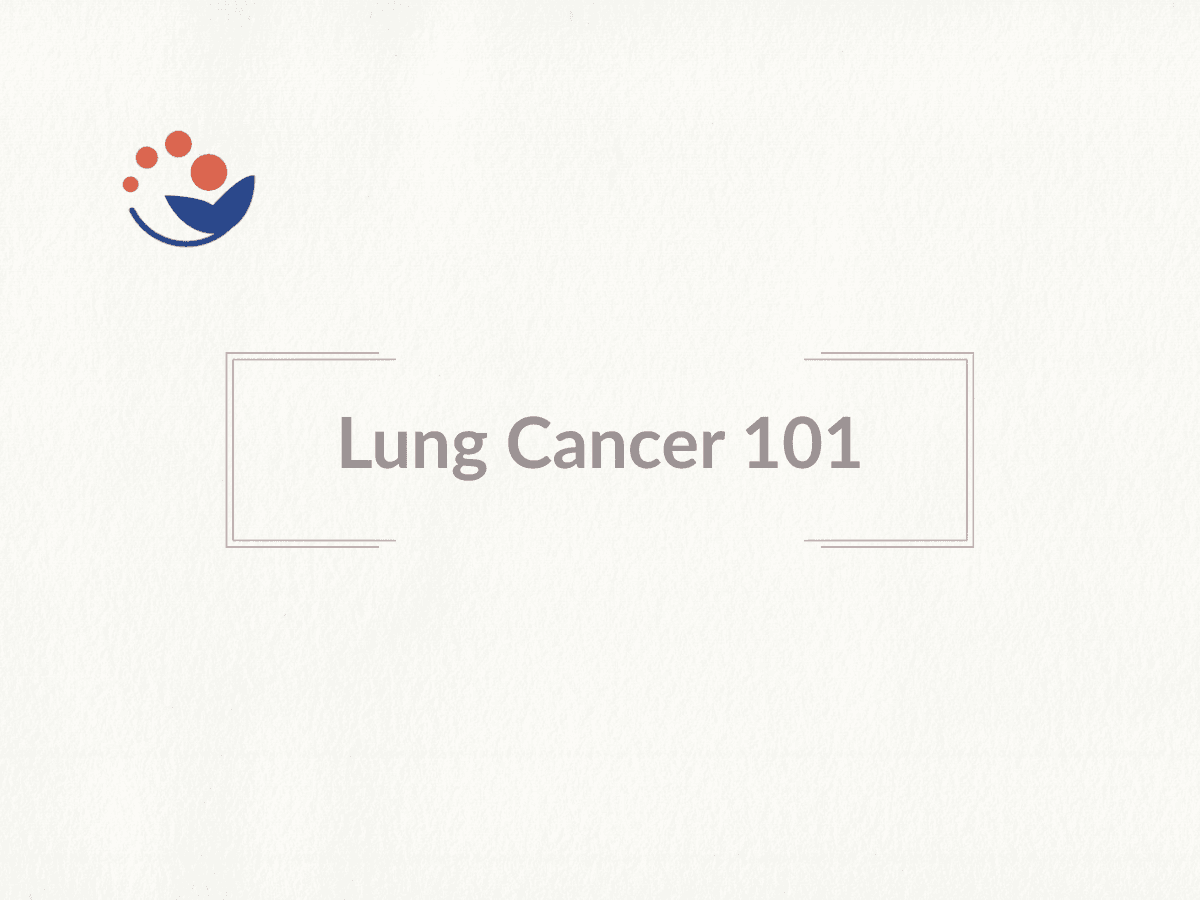
The Cancer News
AN AUTHORITATIVE RESOURCE FOR EVERYTHING ABOUT CANCER
National Breast Cancer Awareness Month

By Dr. Chandra Lalita Kakarala
What Is Breast Cancer Awareness Month and When Is It Observed?
Breast Cancer Awareness Month extends throughout October, with the 2025 theme ‘Every Story is Unique, Every Journey Matters”. Throughout the month, different dates highlight important categories of Breast Cancer, starting with National Hereditary Breast and Ovarian Cancer week from September 28th-October 4th, Metastatic Breast Cancer Awareness Day on October 13th, National Mammography Day on October 17th, and concluding with October 17th-23rd as Men’s Breast Cancer Awareness Week. This month aims to amplify awareness, provide equitable care and improved survival for all, and honor all the lives touched by breast cancer.
The Global Burden of Breast Cancer: Facts, Trends, and Challenges
Breast cancer is the leading cause of cancer morbidity and mortality among women, with an approximate 2.3 million new breast cancer cases in 2022, and 666,000 breast cancer-related deaths globally. It is estimated that by 2050, breast cancer cases and deaths will increase by 54.7% and 70.9% respectively.
Global disparities in breast cancer are striking. The World Health Organization (WHO) reports that while in countries with a high Human Development Index (HDI), 1 in 12 women will be diagnosed with breast cancer, and 1 in 71 women die from it. In countries with low HDI, a staggering 1 in 48 women die from breast cancer, even though only 1 in 27 women are diagnosed with the disease. Phrased another way, the 5-year survival rate in high-income countries exceeds 90%, whereas in low-income countries, it is significantly lower (for instance, 66% in India and 40% in South Africa). The WHO’s Global Breast Cancer Initiative (GBCI), established in 2021, aims to reduce breast cancer by 2.5% per year, ultimately planning to save 2.5 million lives over 20 years.
Types of Breast Cancer
Breast cancer can be classified into various types based on the tissue of origin and the genes or receptors expressed by the tumor cells. Based on the tissue of origin, it can be divided into :
- Ductal carcinoma: Arising from the cells that line ducts, often felt as a breast mass.
- Lobular carcinoma: Arising from the lobules, often detected late.
- Less common variants: include inflammatory, mucinous, and medullary.
Based on the expression of hormone receptors when the tissue is analyzed under immunohistochemistry, it can be classified into :
- Luminal A: Hormone receptor positive, Human epidermal growth factor receptor (HER)-2 negative
- Luminal B: Hormone receptor positive, HER-2 positive
- Basal-like or triple negative (TNBC): Hormone receptor and HER-2 negative
- HER-enriched: HER-2 positive, hormone receptor negative
These types determine the treatment options as well as the prognosis for breast cancer.
Risk Factors for Breast Cancer
In 50% of all patients with breast cancer, there are no particular risk factors apart from their gender (female) and age (over 40 years).
However, some factors have been associated with increased risk of developing breast cancer, which can be divided into modifiable and non-modifiable factors.
- Modifiable: Obesity, smoking, alcohol intake, reduced physical activity
- Non-modifiable: Female sex, older age, race/ethnicity, family history of breast or ovarian cancer.
How to Decrease Your Risk for Breast Cancer
While the earliest form of breast cancer is not life-threatening, delays in diagnosis can cause the tumor to spread throughout the body and become fatal.
Screening mammography is the most commonly used imaging modality in large-scale preventive care. Studies have shown that women who participated in mammography screening had a 41% reduction in 10-year breast cancer mortality risk and a 25% risk reduction in the rate of advanced breast cancer development.
Debunking Common Breast Cancer Misconceptions
- Although rare, men can be affected by breast cancer too.
- No particular type of bra, antiperspirant, or deodorant is linked with increased cancer risk
- Breast size is not associated with cancer risk
- Mammograms do not increase the risk of breast cancer
- Finding a lump or experiencing breast pain does not mean you have breast cancer. But this should be promptly investigated by a healthcare professional
Management of Breast Cancer
While various factors, including stage, type, patient preference, and availability of resources, influence breast cancer management, approaches can be split into management of early, locally advanced, and metastatic breast cancer treatment. Common modalities include surgery, breast conservation surgery or mastectomy, radiation, systemic chemotherapy, and hormonal therapy.
What You Can Do This Breast Cancer Awareness Month
There are many ways to get involved this month. Honoring this year’s theme by sharing your story using #EveryStoryIsUnique on social media can expand awareness, as well as participating in the global storytelling campaign by submitting short videos, posts, or podcasts to portray your experience. Founded in 1991 by a breast cancer survivor, the National Breast Cancer Foundation (NBCF) is an organization committed to helping women through early detection, information, and support services. Donations to the NBCF provide free mammograms, HOPE kits (sent to recently diagnosed patients), and other resources to women. Purchasing products with the NBCF’s logo or pink ribbon can also be a significant contribution. Finally, organizing a fundraiser, webinar, advocacy activity, or screening in your community can be a valuable way to promote awareness.
About Author

Chandra Kakarala, MBBS, is an internal medicine resident interested in hematology/oncology, global health, and medical education. She is passionate about improving cancer detection rates and preventive care.
Works Discussed
- https://www.who.int/news-room/events/detail/2025/10/01/default-calendar/breast-cancer-awareness-month-2025
- World Health Organization, Breast Cancer Fact Sheet (GLOBOCAN 2024).
- Menon G, Alkabban FM, Ferguson T. Breast Cancer. [Updated 2024 Feb 25]. In: StatPearls [Internet]. Treasure Island (FL): StatPearls Publishing; 2025 Jan-. Available from: https://www.ncbi.nlm.nih.gov/books/NBK482286/
- Łukasiewicz S, Czeczelewski M, Forma A, Baj J, Sitarz R, Stanisławek A. Breast Cancer-Epidemiology, Risk Factors, Classification, Prognostic Markers, and Current Treatment Strategies-An Updated Review. Cancers (Basel). 2021;13(17):4287. Published 2021 Aug 25. doi:10.3390/cancers13174287
- Duffy SW, Tabár L, Yen AM, et al. Mammography screening reduces rates of advanced and fatal breast cancers: Results in 549,091 women. Cancer. 2020;126(13):2971-2979. doi:10.1002/cncr.32859
- Zhang Y, Ji Y, Liu S, et al. Global burden of female breast cancer: new estimates in 2022, temporal trend and future projections up to 2050 based on the latest release from GLOBOCAN. J Natl Cancer Cent. 2025;5(3):287-296. Published 2025 Feb 13. doi:10.1016/j.jncc.2025.02.002

Stomach Cancer 101
2025-11-28

Does Sugar Feed Cancer?
2025-11-19
Share Article



